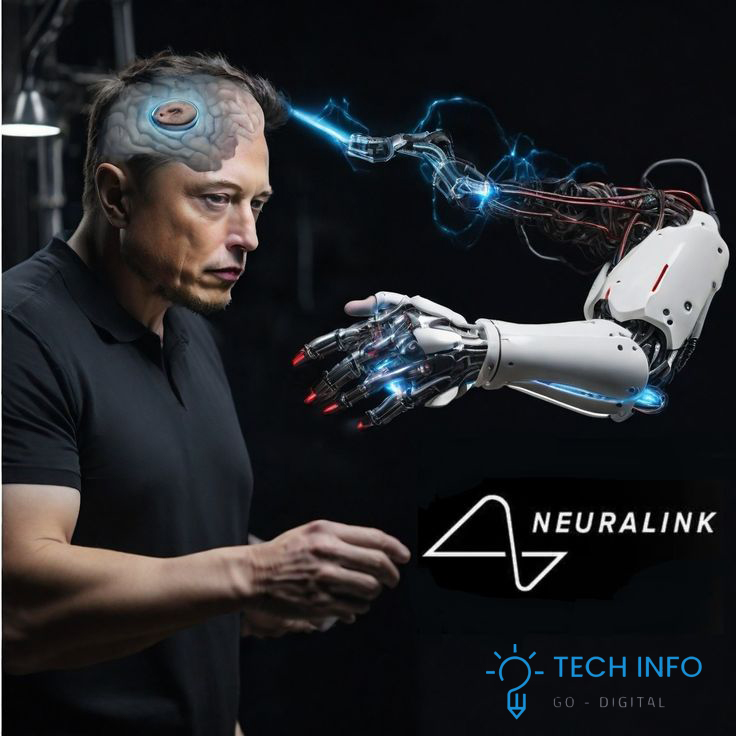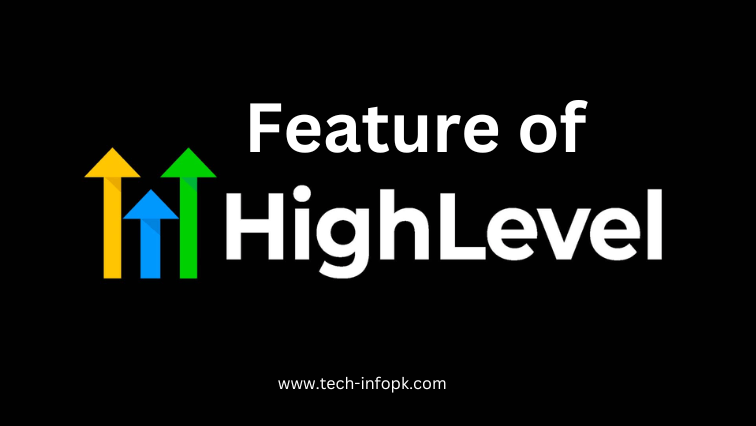Table of Contents
ToggleBeyond the Chatbox: How OpenAI’s New “Apps” Are Turning ChatGPT Into an Operating System for Your Life
For a moment, think of ChatGPT not as a tool, but as a universe. At first, it was a single, brilliant star—a conversational AI that could write, code, and reason. Then, with the launch of GPTs and the GPT Store, it became a constellation, with specialized bots for every task. Now, OpenAI has taken its most revolutionary step yet: it’s populating that universe with fully functional applications.
The recent announcement that OpenAI is launching apps directly inside ChatGPT isn’t just another feature drop. It’s a fundamental shift in strategy, a move that transforms ChatGPT from a phenomenal chatbot into a nascent platform and operating system for AI. Let’s unpack what this means, why it matters, and how it changes the game for everyone.
From Conversation to Integration: What Are These “Apps”?
Traditionally, if you wanted to use an AI for a complex task, you’d have to describe the process step-by-step. “Search for the best hiking trails near me, then create a packing list, and then draft an email to my friends inviting them.” It worked, but it was clunky.
These new in-line apps eliminate the middleman. Instead of just telling you what to do, they can now do it for you, seamlessly within the same interface.
Imagine this new workflow:
- Old Way: “ChatGPT, I need to make a diagram for my quarterly report.”
ChatGPT generates a text description or Mermaid code for a diagram. You then copy that code, go to another website, render it, and download the image. - New Way: “ChatGPT, I need to make a diagram for my quarterly report.”
*Instantly, a diagramming app interface loads *inside* the ChatGPT window. You can drag and drop elements, change colors, add text, and when you’re done, you export the finished PNG directly from the chat.*
This is the power of integrated apps. It’s the difference between a travel agent giving you directions to the airport and them driving you there themselves.
The First Wave: A Glimpse into the Ecosystem
While the full scope of this app ecosystem is still unfolding, we can see the direction from the early integrations. We’re not just talking about simple widgets; we’re talking about powerful, standalone services being baked directly into the conversational flow.
- Diagramming & Visual Collaboration (Miro, Whimsical): This is a game-changer for brainstorming, system design, and project planning. You can now create flowcharts, wireframes, and mind maps on the fly during a conversation about a new business idea or software architecture, without ever breaking your creative flow.
- Cloud Storage & File Management (Google Drive, OneDrive): This integration is deceptively simple but incredibly powerful. Soon, you’ll be able to say, “Analyze the Q3 sales data in my Google Drive and create a summary presentation.” ChatGPT, with your permission, will access the specific file, process the data, and generate the output. It turns your stored documents into an active, query-able knowledge base.
- Productivity Suites (Canva, Zapier): The Canva integration is a preview of a massive shift. You can design a social media post, a presentation, or a flyer by simply describing it, and the final, polished asset is created within the chat. Zapier connections mean you can trigger hundreds of actions in other apps—like adding a row to a Salesforce dashboard or sending a message to a Slack channel—all through a simple command to ChatGPT.
Why This Move is a Masterstroke for OpenAI
This isn’t just a convenience play. It’s a strategic maneuver that positions OpenAI for long-term dominance.
- The Platform Play: By building an app ecosystem, OpenAI is creating a moat. The more essential apps that live inside ChatGPT, the more “sticky” the platform becomes. Users have less reason to leave, and developers have a massive, engaged audience to build for.
- Solving the “Blank Slate” Problem: New users are often intimidated by the empty chatbox. Integrated apps provide guided, structured experiences. They offer a clear “what to do next,” lowering the barrier to entry and increasing user engagement.
- Data and Dominance: Every interaction within these apps provides invaluable data on how users want to combine AI with tools. This feedback loop allows OpenAI to refine its models and its platform strategy faster than anyone else.
The Ripple Effect: What This Means for Users, Developers, and Competitors
For Users: The Dawn of the Conversational Computer
We are moving towards a future where the command line is a conversation. Your primary interface with a computer won’t be clicking icons or typing commands, but speaking your intent. “Plan my vacation,” “Manage my investment portfolio,” “Design my new product.” The AI, armed with a suite of integrated apps, will become the ultimate personal assistant, project manager, and creative partner.
For Developers: A New Gold Rush
The message to developers is clear: Build where the users are. The GPT Store was the first call; this is the second. The opportunity to have your app featured natively inside the world’s most popular AI interface is immense. We will see a surge of innovation as developers race to create the most useful and intuitive in-chat applications, from specialized data analytics tools to immersive educational experiences.
For Competitors: An Uphill Battle
Google, Microsoft (despite its partnership with OpenAI), Anthropic, and others are now playing catch-up in a new dimension. It’s no longer just about who has the best model (the “brain”). It’s about who has the best ecosystem (the “body”). Competing will require building an equally robust and seamless platform, a challenge that goes far beyond AI research and into the realms of product design and ecosystem management.
Challenges and Considerations on the Horizon
This brave new world isn’t without its potential pitfalls.
- Privacy and Security: Handing over access to your Google Drive, your project management tools, and your creative assets to a single platform is a significant trust exercise. OpenAI will need to be transparent and bulletproof on data security, access controls, and privacy policies.
- The “Walled Garden”: There’s a risk of creating a closed ecosystem. Will OpenAI give preferential treatment to its own or partner apps? Will developers have a fair chance to compete? Maintaining an open and equitable platform will be crucial for its long-term health.
- User Overload: As more apps are added, the interface could become cluttered. OpenAI will need to master discovery and personalization to ensure users can easily find the tools they need without feeling overwhelmed.
The Future is a Conversation
The launch of apps inside ChatGPT is more than a feature; it’s a declaration of a new paradigm. We are witnessing the birth of the Application-Integrated AI. ChatGPT is shedding its skin as a mere chatbot and evolving into a foundational layer of our digital lives—an operating system where the primary programming language is human intent.
The question is no longer “What can this AI say?” but “What can this AI do for me, right here, right now?” The chatbox was just the beginning. The real journey starts now.





